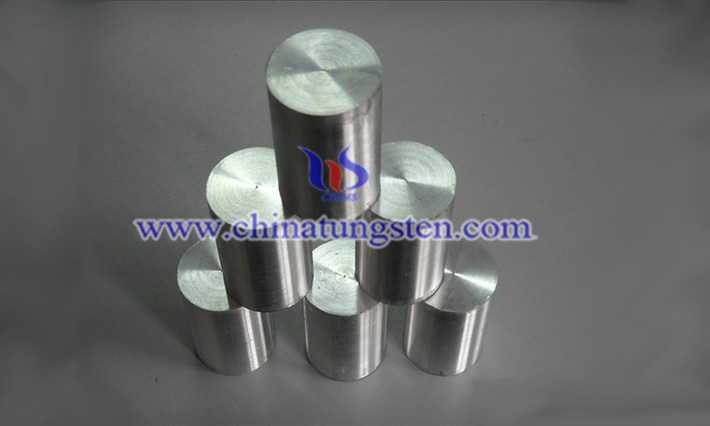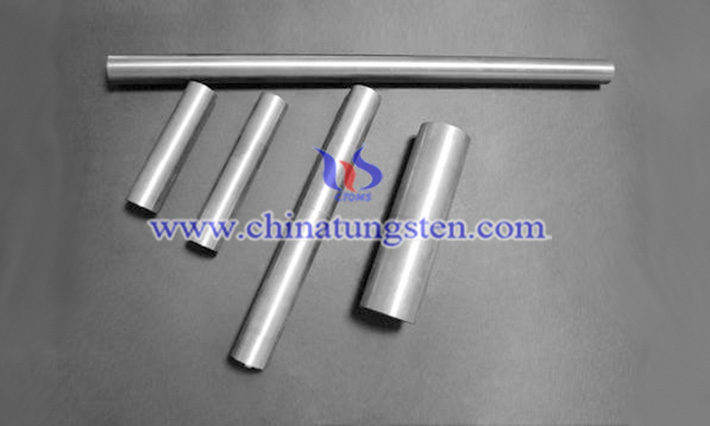Influence of Impurity Elements on Tungsten Alloys Properties
- Details
- Category: Tungsten Information
- Published on Wednesday, 10 March 2021 17:34
Impurity elements in tungsten alloys include H, O, C, N, P, S, and Si. Because these elements have small atomic radii, and strong diffusivity in alloys, they are more likely to be in the grain boundaries and phases. Segregation occurs in places with higher energy such as the boundary, and the increase in value generates brittle phases, thereby reducing the performance of the alloy and influence tungsten alloys properties.

H is the most harmful element among impurities. H is easy to cause hydrogen brittle in tungsten alloys. The H is mainly distributed in the binder phase and the tungsten/binder phase boundary, because the solubility of H in W is much lower than its solubility in NI and FE. The main method to eliminate hydrogen embrittlement is to perform vacuum heat treatment or direct vacuum sintering after hydrogen sintering, or annealing in a protective atmosphere N2/Ar. The vacuum heat treatment has the best effect to improve properties.
P is harmful to tungsten alloys. When the P content exceeds its limit solubility in W phase (0.0055%) and NI-FE phase (0.01%), P segregation and phosphide precipitation NiP2 will occur, which will embrittle the alloy.
S is an impurity associated with P. Exceeding the content of S will cause the impact toughness of the alloy to decrease. S will segregate on the W/bonding phase interface. At the same time, it will also form compounds with K and O and accumulate on the inner surface of the pores.
Si and Na are common impurities in raw tungsten powder. Excess of these two elements will form voids in the alloy, leading to cracks, which will significantly reduce the density, tensile strength, elongation and necking rate of the alloy. The alloy requires Si to be lower than 210x10-6 and Na to be lower than 150x10-6.
C is also a very important kind of impurities. When the C content after reduction is above 0.014%, cubic carbides will be formed after sintering, forming intermetallic compounds, thereby reducing the mechanical properties of the alloy.

By adding elements such as Ti, Y, Mo, Zr, Hf, La, and Mn, it can form a more stable compound phase with impurities and improve their distribution, thereby reducing the impact of impurities on the properties of the alloy and increasing the strength and plasticity of the alloy.
- Tungsten Alloy Manufacturer & Supplier, Chinatungsten Online: www.tungsten-alloy.com
- Tungsten News & Prices of China Tungsten Industry Association: www.ctia.com.cn
- Molybdenum News & Price: news.molybdenum.com.cn
- Tel.: 86 592 5129696; Fax: 86 592 5129797; Email: sales@chinatungsten.com



 sales@chinatungsten.com
sales@chinatungsten.com